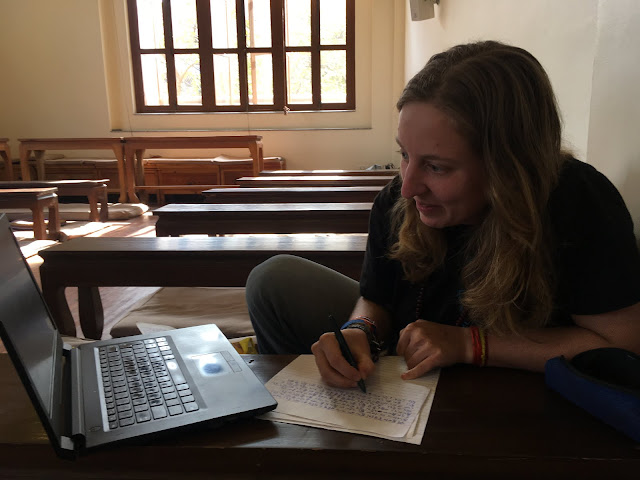During th e F all 2018 and Spring 2019 semesters, a group of Rangjung Yeshe’s students had the good fortune to meet every day, during one and a half hours, to study the Uttaratantra-śāstra by Arya Maitreya [1] with Khenpo Karma Gyurme (also known as Tokpa Tulku). Approaching canonical Buddhist texts un der the guidance of the ordained sangha is definitely one of the highlights of studying at RYI. Below, I wish to share a reflection on the subject of Buddhahood as ultimately uncreated, which is one of the core teachings explained in the Uttaratantra-śāstra . The idea of Buddhahood as uncreated means that enlightenment is unconditioned, it is not a state produced by the path; and, accordingly, the path is not the cause of enlightenment. Such statement, however, seems to contradict the interpretation of a spiritual path leading to the state of awakening. In other words, can a path that has a conditioned, progressive nature and its sup posed outcome (Buddhahood) that is unconditioned...





